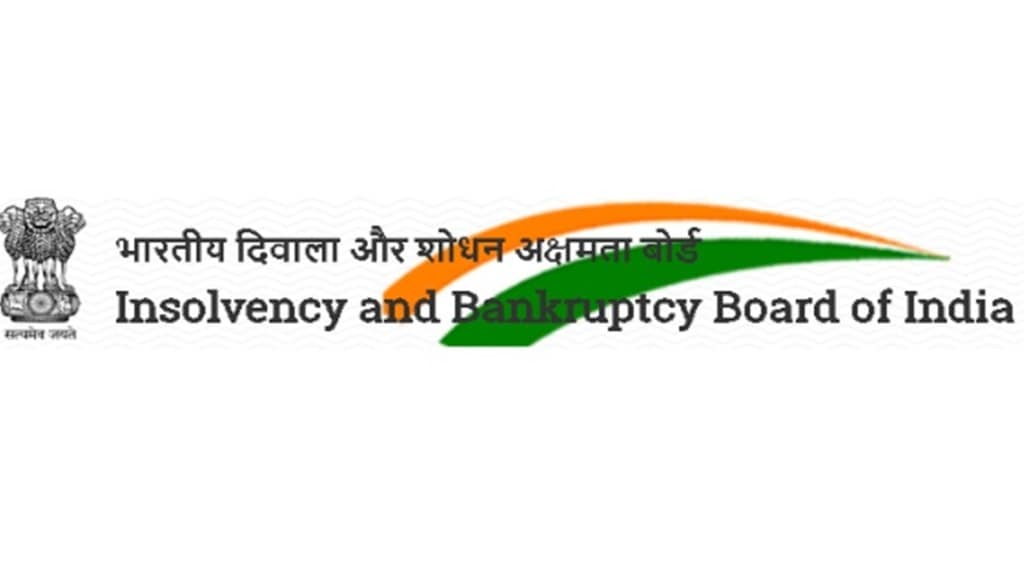The Insolvency and Bankruptcy Board of India (IBBI) has tightened disclosure requirements for insolvency professionals, mandating them to include “comprehensive details” of carry forward of losses in the information memorandum prepared during the corporate insolvency resolution process (CIRP).
This enhanced disclosure framework is intended to provide potential resolution applicants with more comprehensive understanding of a corporate debtor’s (CD) financial position, enabling them to develop more informed and viable resolution plans while considering the benefits of losses carried forward, the IBBI said in a release issued on Monday.
Information memorandum (IM), a key document in the CIRP, is prepared by insolvency professionals (IPs), providing crucial financial and operational details about the CD. It typically includes information on assets and liabilities, financial statements, creditors, litigation, and other material information relevant to the decision-making process.
In the release, the IBBI said that upon review of recent IMs, the Board has observed that disclosure of carry forward of losses by IPs need to be “more robust”. Accordingly, it is hereby directed that all insolvency professionals shall include a “dedicated section” in the IM explicitly detailing the losses carried forward under the Income Tax Act, 1961, it added.
The dedicated section should at least highlight the quantum of losses carried forward, a breakdown of these losses under specific heads as per the I-T Act, and the applicable time limits for utilising these losses, said the release.
Under the present tax laws, when a business incurs losses, the I-T Act allows it to carry forward these losses and adjust them against future profits. This reduces taxable income in profitable years, thereby lowering the tax liability.
Experts say the IBBI’s move significantly reduces information asymmetry, allowing resolution applicants to precisely assess a corporate debtor’s financial position, which will improve recoveries for creditors.
This information also becomes critical, especially if the resolution plan envisages a merger/demerger of the assets of the corporate debtor.
“Such clarity not only boosts investor confidence but also potentially enhances valuation, resulting in better resolution plans, higher recoveries for creditors, and reduced scope for future disputes or litigation,” noted Nilesh Tribhuvann, managing partner, White & Brief.
Siddharth Srivastava, partner, Khaitan & Co, said that inclusion of such details will aid the resolution applicants in formulating efficient structures to avail potential tax benefits for the new entity debtor which can in turn facilitate faster resolution.
Anjali Jain, partner, Areness, said, “The reformist move by IBBI is intended to indicate the direct benefits of taking over the ailing company and with the set of new disclosures, the prospective pool of bidders may expand.”

